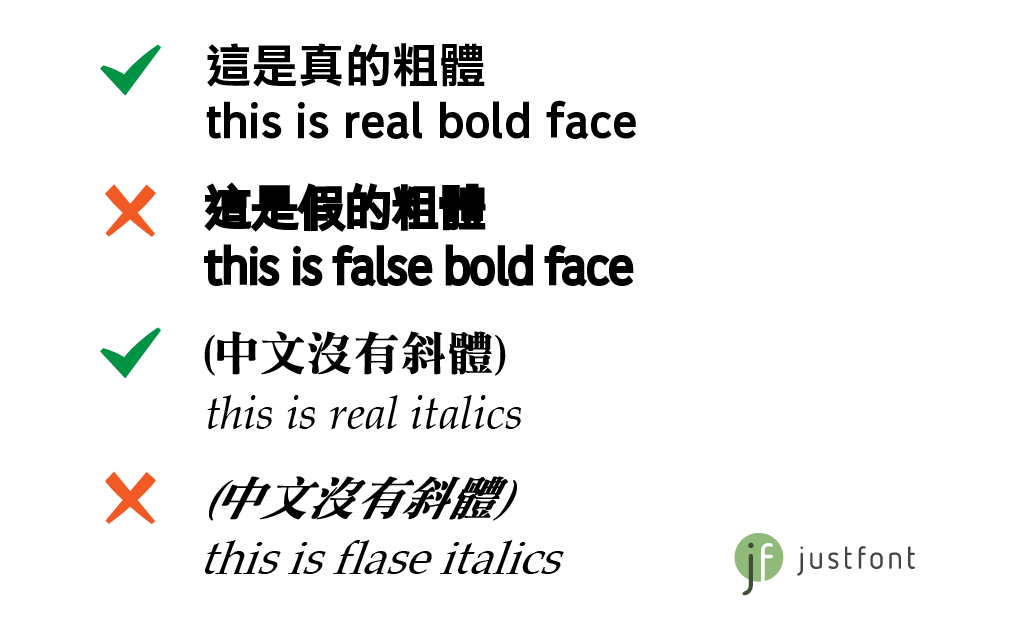Hi all! Surfing the internet I found an easy to follow article that points out the main characters of Chinese punctuation so would like to share it with you
-------------
ORIENTATION OF PUNCTUATION
Since Chinese text can be written vertically (column written top to down, columns written right to left) or horizontally, some punctuations adapt to these changes. Each Chinese character occupies a square space, and so each punctuation mark does the same. As such, Chinese punctuation marks are called full-width, as opposed to English half-width punctuation, because of the space they take up.
Certain punctuation marks rotate 90 degrees when the text is written in a vertical form. Square quotation marks, parenthesis, and book title marks are a few of the symbols that follow this rule.
MARKS SIMILAR TO WESTERN PUNCTUATION
These symbols directly translate over from Western to Eastern languages, including their meaning, appearance, and usage.
!(惊叹号/jīng tàn hào) is an exclamation mark
?(问号/wèn hào) is a question mark
;(分号/fēn hào) is a semicolon
:(冒号/mào hào) is a colon
( ) (括号/guā hào or kuò hào ) are parentheses
,(逗号/Dòu hào) is a comma. However, it cannot be used to separate different parts of the whole list; there is a separate comma for that use.
MARKS DISTINCT TO THE CHINESE LANGUAGE
While some punctuation marks are similar or exactly the same as their Western counterparts, there also exists punctuation that are exclusive to Chinese text.
。(句号/jù hào) is a full stop, equivalent to a period in Western punctuation.
、(顿号/dùn hào) is an enumerated comma, used when listing things in sentences. For example, I like red, blue and purple. would be written as 我喜欢红色、蓝色和紫色。
《... 》(书名号/shū míng hào) are used to signify book titles, song titles, movie titles, etc. In vertical text it would rotate, appearing as ︽ ︾.
「...」/ ... (引号/yǐn hào) are both used for quotation marks. In Traditional Chinese, whether the text is oriented vertically or horizontally, square quotation marks are used. If the text is horizontal, 「...」would be used, where the ellipses would be replaced with text. If the text is vertical, the quotation marks rotate 90 degrees, so it becomes ﹁...﹂. In English when text is quoted within a quote it would be represented as . In Chinese, however, the double brackets lay within single brackets, so it would appear as 「...『...』...」. Simplified Chinese adheres to other sets of rules; it uses Western style quotation marks for horizontal text and corner bracket quotation marks for vertical text.
Source> How To Use: Chinese Punctuation






 Reply With Quote
Reply With Quote






